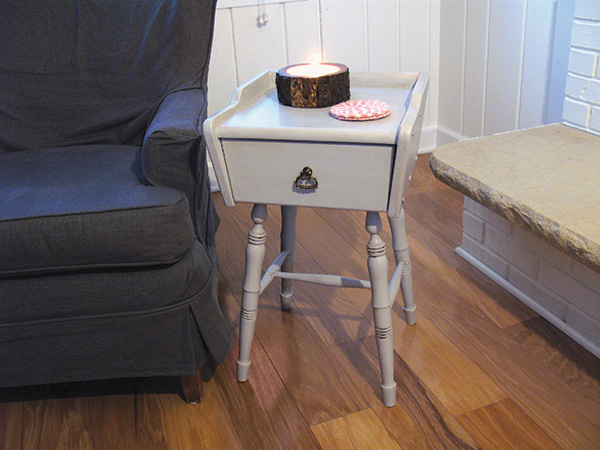
There was a time when I would have ridiculed and shamed a woodworker for “painting a perfectly good piece of furniture.” In fact, I may have lobbied to take away their “woodworker’s card” and asked aloud about their parentage and where they were raised — in a very public manner.
But with age comes wisdom and with marriage comes painted furniture … at least in my case. The truth is, every piece of wood is not up to the task of being shown off to the world. There are plain pieces of poplar or boring boards of basswood that are just best used inside of a cabinet … or yes, covered with paint.
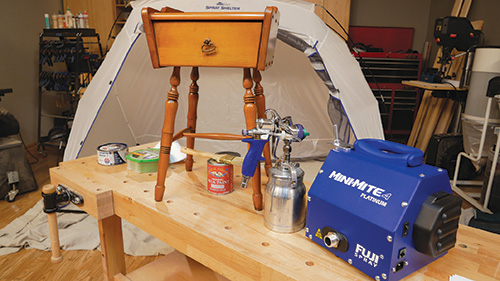
Now, I can almost hear some of you saying, “this little table is clearly made of maple … North America’s sweetheart of the hardwoods!”
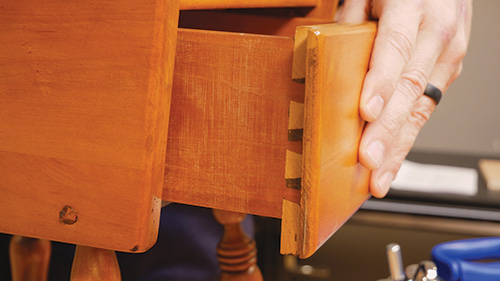
And you are correct, it is solid maple, and more than that, it is a really well-made piece. Its dovetailed drawer joints and other connections are rock solid, even though it has many years of age on it.
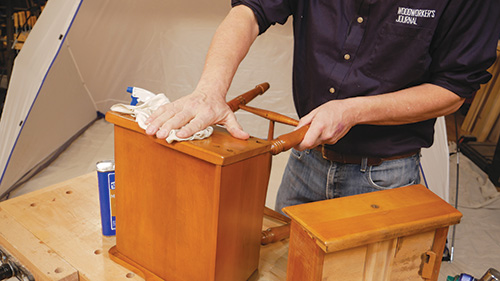
With that said, let’s step back, settle down and think this through. First off, the piece was styled in what was known as a “honey maple” finish. Like me, it was super groovy looking in the 1970s. But I am no longer sporting platform shoes, shiny shirts, aviator glasses and rocking a righteous mullet.
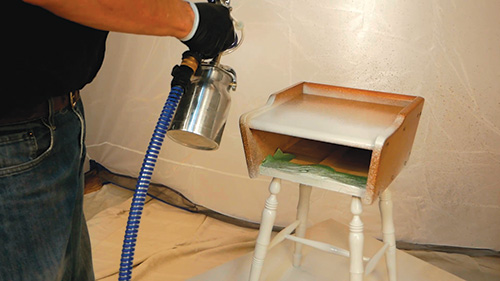
I have moved on. And the honey color of the table was suspended in the finish — probably a nitrocellulose lacquer. The result was opaque at best, and very little wood figure was seen through the film coat. So, observed from the platform of my purist pulpit, while the wood was not painted, it might as well have been.
Paint is Pretty
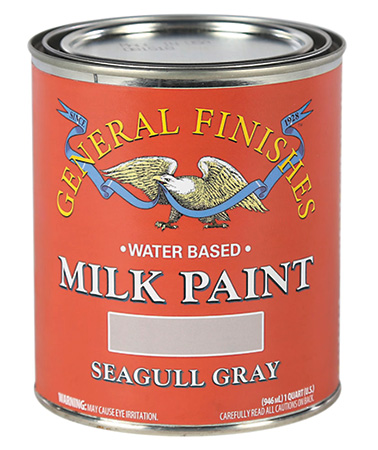
As my style sense evolved, I came to see the benefit of painted wood on occasion. Painted sections of furniture can positively accentuate areas of exposed highly figured wood. A painted legset on a farm table suspends the natural wood tabletop in a way that makes the wood grain shine. I confess this was the beginning of a slippery slope. Soon, fully painted projects were coming from my shop.
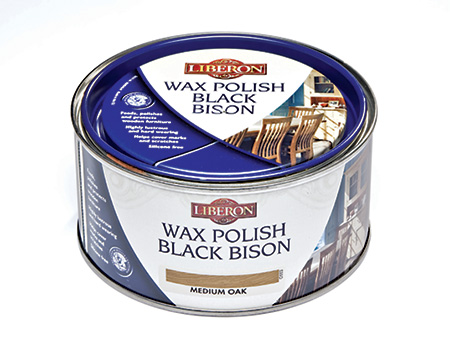
Which brings us to this little table here. I sprayed on one coat of Seagull Gray Milk Paint — I far prefer to spray spindles and turned legs — then applied an accent coat of Liberon Medium Oak Fine Paste Wax to add a color patina. I think this has refreshed the look of an otherwise solid piece, giving it more curb appeal. Trust me: you can paint wood furniture and live to tell about it.





